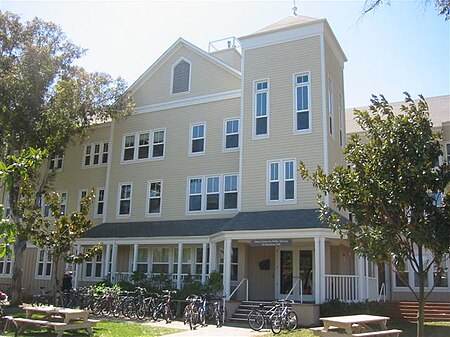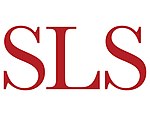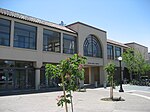Haas Center for Public Service

The Haas Center for Public Service, formerly the Stanford Public Service Center, is the public service center on the campus of Stanford University in Stanford, California. The Haas Center houses many student organizations and projects, including the Stanford Volunteer Network, Stanford in Government and the Ravenswood-Stanford Tutoring Program. Haas Center programs place more than 2,000 students annually in community service projects.The mission of the Center is to "connect academic study with community and public service to strengthen communities and develop effective public leaders. The Center aspires to develop aware, engaged and thoughtful citizens who contribute to the realization of a more just and humane world."
Excerpt from the Wikipedia article Haas Center for Public Service (License: CC BY-SA 3.0, Authors, Images).Haas Center for Public Service
O'Conner Lane,
Geographical coordinates (GPS) Address Website Nearby Places Show on map
Geographical coordinates (GPS)
| Latitude | Longitude |
|---|---|
| N 37.422531 ° | E -122.167436 ° |
Address
Haas Center for Public Service (Cardinal Service)
O'Conner Lane 562
94305
California, United States
Open on Google Maps





